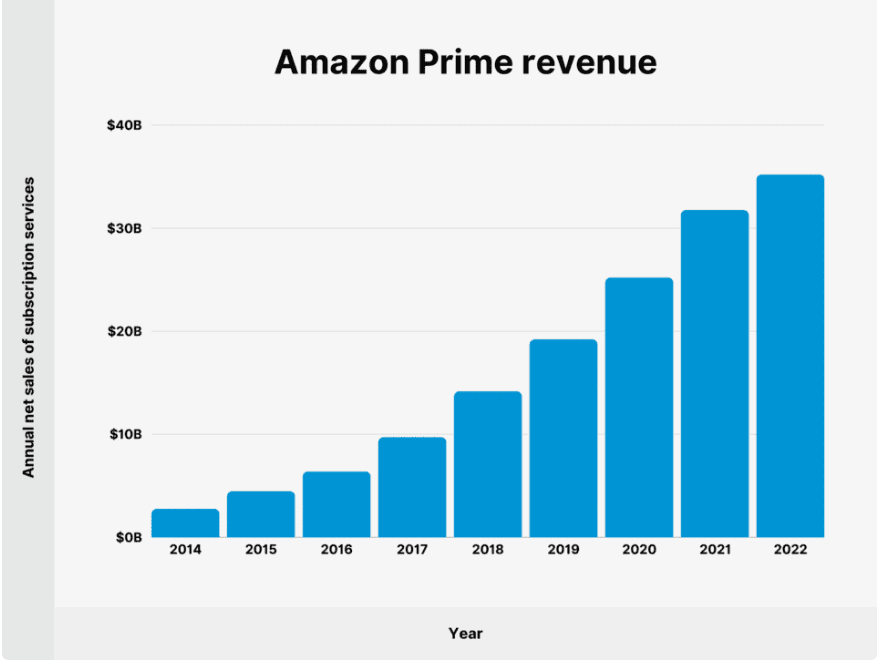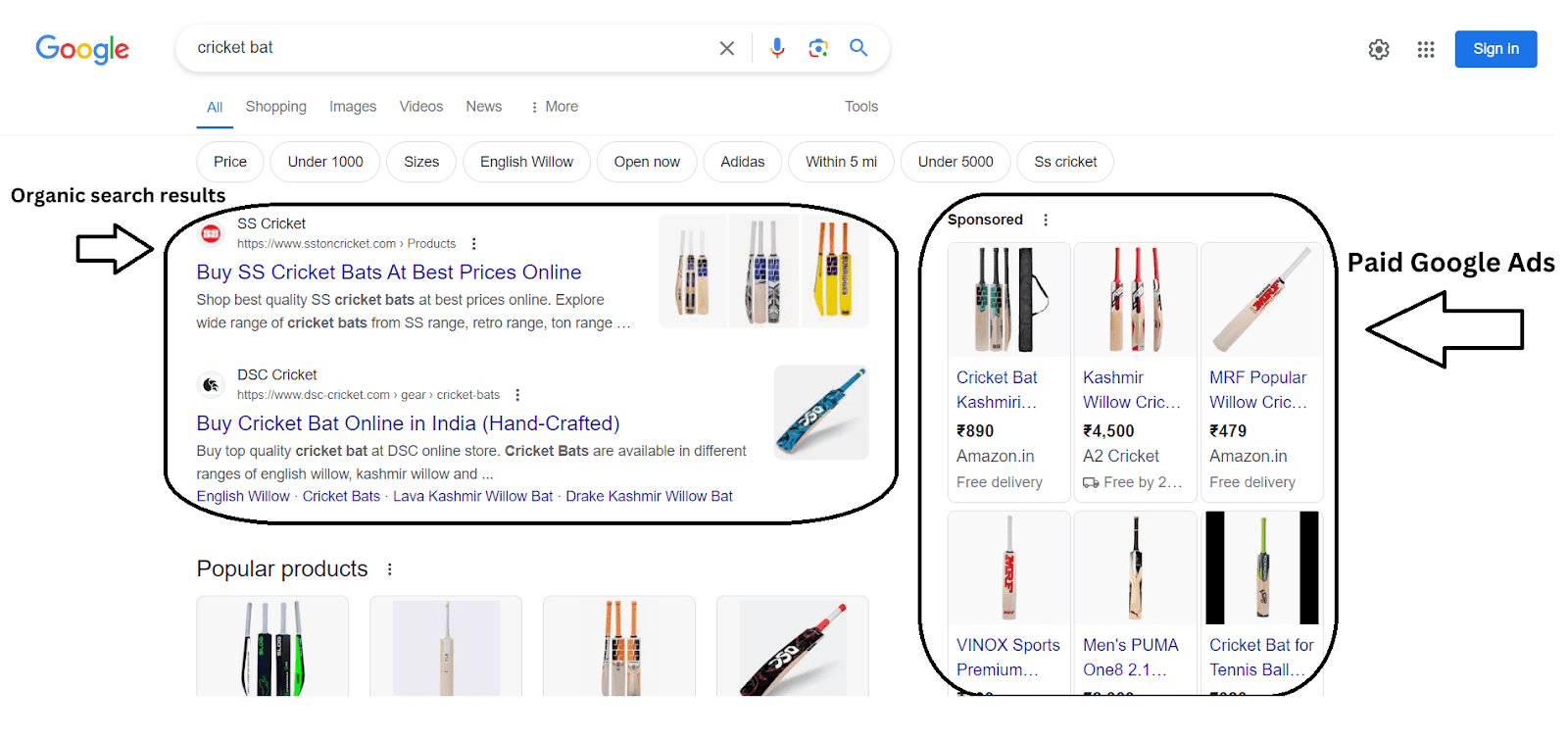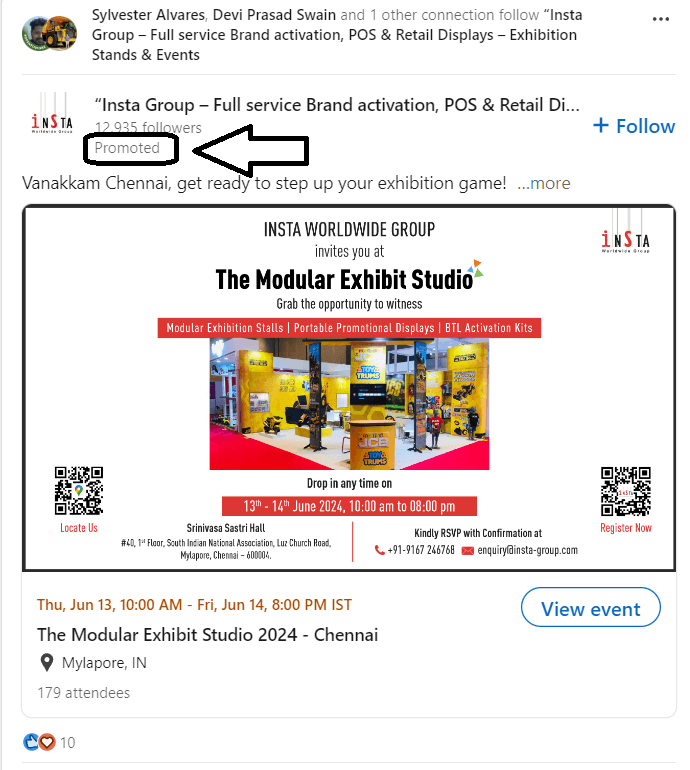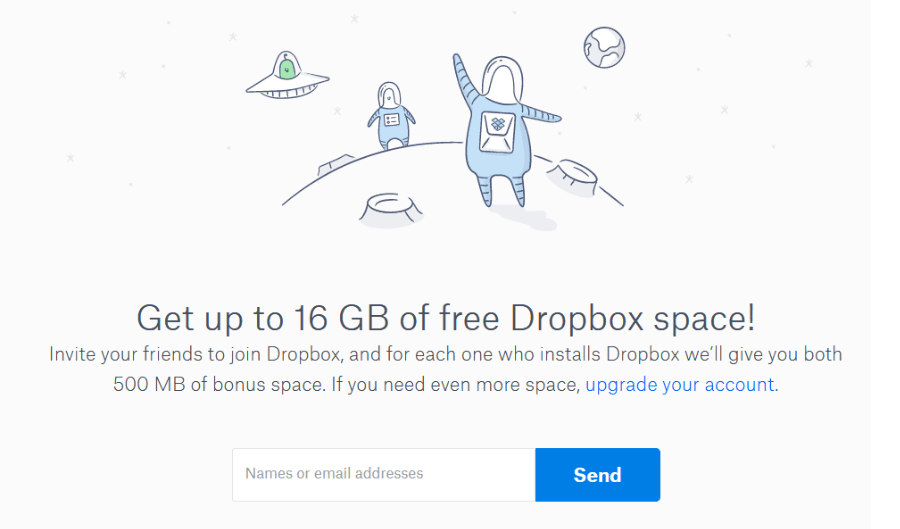Growth Hacking vs Performance Marketing: Here’s what you need to know


Brian Halligan, the former CEO and co-founder of HubSpot, once said,
“It’s not what you sell that matters as much as how you sell it!”
Even the most successful businesses and brilliant ideas need a solid promotion plan.
Enter growth hacking and performance marketing.
Often interchangeably used in digital marketing, both are similar concepts but have different approaches. You may use one or the other, depending on your business goals. Here’s what you need to know to learn about both.
Key takeaways
- Growth hacking uses cost-effective methods to reach ideal customers.
- Various marketing tactics like A/B testing and email campaigns are used to retain the target audience.
- Performance marketing involves partnering with affiliates and paying them only to drive specific actions like sales or signups.
- Performance marketing benefits both the brand and affiliates as payments depend on performance.
- Referral marketing incentivizes existing customers to refer others, creating mutual benefits for all involved parties.
What is growth hacking?
Growth hacking (also known as growth marketing) refers to a set of cost-effective, unconventional tactics solely aimed at improving the growth of a business. It is about finding different ways to reach your target audience and testing different methods to see what works. Coined by Sean Ellis in 2010, growth hacking was initially used by early-stage startups with a shoestring budget but has since expanded to larger conglomerates.
Who is a growth marketer?
Ellis defines a growth hacker as “a person whose true north is growth,” irrespective of their position. That is, a growth marketer doesn’t simply promote a product. They utilize various marketing tools such as A/B testing, email marketing, in-depth analytics, SEO, and custom messaging to create impactful marketing strategies that attract and retain target audiences.
Example of growth hacking
We all know Amazon and use their shopping app quite often. What if I say their Amazon Prime membership is a classic example of growth hacking?
Yes!.
With a small monthly/annual fee as a premium membership, Amazon offers so much value to its prime customers. From next-day delivery to free returns to Prime video subscription, you get many benefits from a single Prime membership. It also has a 30-day free trial for its new customers.
But why is Amazon offering so much for so little?
The reason is to increase their customer lifetime value (CLV).
CLV measures how much money a customer is worth to a business and how long their loyalty towards a brand is. It can help you decide your marketing and customer retention budget and how to improve a customer’s lifetime value.
This idea has worked well for Amazon.
For instance, according to a report by Statista, in the United States, it’s expected that over 180 million people will be Amazon Prime members by 2024. The Motley Fool informs us that Prime members spend $1,400 yearly on average, while non-Prime members only spend about $600 annually on Amazon.
Here is a graph depicting Amazon Prime membership’s growth from 2014-2022


(Source: Backlinko)
What is performance marketing?
Performance marketing combines brand marketing and paid advertising, in which marketing companies and affiliates are paid once a desired action, such as generating new leads, completing a booking session, or doing successful downloads, is completed. It is a win-win situation for the brand and the affiliate to target marketing campaigns based on various performance parameters.
Example of performance marketing
We all have seen famous blogs partnering with several affiliate partners who specialize in promoting products specific to their niches. For instance, Abby Lawson, who owns Just a Girl and her Blog, is a good example of a performance marketer. Through her site, she shares her own insights and experiences about DIY materials and building her home, gelling well with her audience. Based on this trust, Lawson seamlessly incorporates affiliate links of products relevant to her site. She doesn’t force her audience to buy. Rather, she provides the list of products she uses and the links for purchase so that if people want to replicate Lawson’s ideas, they can use those affiliate links.
Key differences between growth hacking and performance marketing
Here are the differences between growth hacking and performance marketing in pictorial form


Growth Hacking 101: 3 foolproof techniques for startups and small businesses
While growth hacking benefits any company, most startups and small businesses can utilize this technique. Here are three tactics that provide 100% accelerated growth, irrespective of your budget.
-
Online advertising
Online advertising includes paid ads, banner ads, social media ads, display ads, and other advertising channels that project your business in front of your target audience. Paid search ads such as Google Ads appear at the top and the sides of SERPs when users search for related terms.
For instance, a recent search of ‘cricket bat’ on Google yielded a mix of paid and organic search results.


This is also the case on social media, where promoted (and sponsored) content often appears between organic posts like this one from my LinkedIn feed.


-
Pre-launch schemes
This is a technique we all have seen multiple times. A pre-launch scheme is a tried and tested technique to create a buzz around a specific product, service, or initiative a business will launch.
For instance, see this pre-launch ad from Apple for their AirPods Pro. They used unbranded posters before unveiling the product, generating buzz even before its specifics were known. By focusing on selling experiences and lifestyle, they create anticipation by keeping upcoming products secretive, sparking speculation and media attention, all within a modest advertising budget.


-
Referral schemes
Referral marketing is a well-known strategy that encourages existing customers to refer new ones in exchange for value-based or monetary benefits or rewards.
For instance, consider this example from Dropbox. Dropbox shows how referring friends can help a product grow. They went from 100,000 users in 2008 to 33.9 million in 2017. They gave users free space if they got friends to join, making it easy to do during sign-up. Both the person referring and the friend got rewards, which helped Dropbox grow a lot.


My two cents
Knowing about growth hacking and performance marketing can help a business. Growth hacking is about smart ways to grow quickly, while performance marketing uses paid ads for specific actions. Both are good, and the choice depends on your business needs. Using tricks like online ads, pre-launch ideas, and referrals can boost startups and small businesses in a changing market.
References
Chang, D. (2022). The Average Amazon Prime Member Spends This Much per Year. The Motley Fool. Retrieved from https://www.fool.com/the-ascent/personal-finance/articles/the-average-amazon-prime-member-spends-this-much-per-year/
Ellis, S. (2015). Find a Growth Hacker for Your Startup. Retrieved from https://www.startup-marketing.com/where-are-all-the-growth-hackers/
Number of U.S. Amazon Prime users 2017-2024. (2024, April 22). Retrieved from https://www.statista.com/statistics/504687/number-of-amazon-prime-subscription-households-usa/
The Dropbox Referral Program: 3900% Growth in 15 Months. (n.d.). Retrieved from https://growsurf.com/blog/dropbox-referral-program